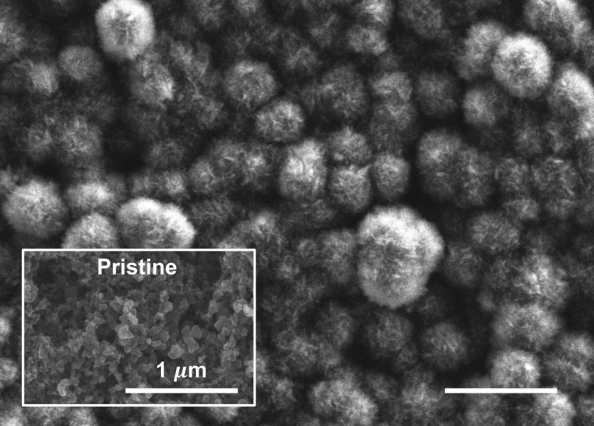We would love to find ways to reduce carbon dioxide as a threat to our climate with an ever-decreasing timeline for accomplishing that task. University of Illinois at Chicago and Massachusetts Institute of Technology (MIT) have made inroads into creating a carbon dioxide battery that uses CO2 as an energy storage component. Amin Salehi-Khojin, associate professor of mechanical and industrial engineering at UIC’s College of Engineering, explains, “Lithium-carbon dioxide batteries have been attractive for a long time, but in practice, we have been unable to get one that is truly efficient until now.” A 7X Battery The incentive to use CO2 comes from lithium-carbon dioxide batteries having a specific energy density more than seven times greater than conventional lithium-ion cells. Unfortunately, until now, Li-CO2 batteries haven’t been rechargeable – at least for a reasonable number of cycles. Now, researchers at the University of Illinois at Chicago have demonstrated, “lithium-carbon dioxide batteries can be designed to operate in a fully rechargeable …
Milking Magnesium for All It’s Worth
Magnesium carries two positive charges for every one which lithium carries. This simple fact was inspiration for Jordi Cabana, a University of Illinois at Chicago assistant professor of chemistry in developing a magnesium-based battery. Using magnesium in place of lithium led to this thought: “Because magnesium is an ion that carries two positive charges, every time we introduce a magnesium ion in the structure of the battery material we can move twice as many electrons,” He added, “We hope that this work will open a credible design path for a new class of high-voltage, high-energy batteries.” Cabana and his associates have shown they can replace the lithium ions, each of which carries a single positive charge, with magnesium ions, which have a plus-two charge, in battery-like chemical reactions, using an electrode with a structure like those in many of today’s devices. According to the University, the research is part of the Joint Center for Energy Storage Research, a Department of …

